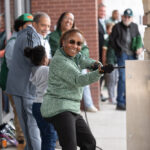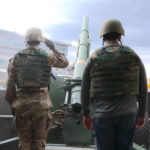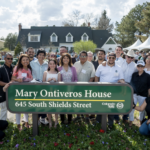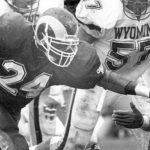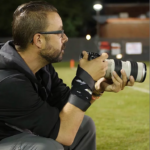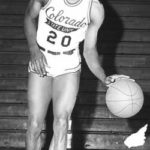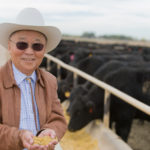“Standby!”
The gunner flicks off the safety and the honorary cannoneer anxiously awaits the cue. His job is straightforward – pull a cord and let it go – but the precision of the cadets preparing to fire the French 75-millimeter cannon at exactly the right moment could make anyone feel the pressure. Even a four-star general in the U.S. Army. The National Anthem builds and the familiar notes of “and the rockets’ red glare, the bombs bursting in air” rises above Canvas Stadium. The non commissioned officer in charge calls the order.
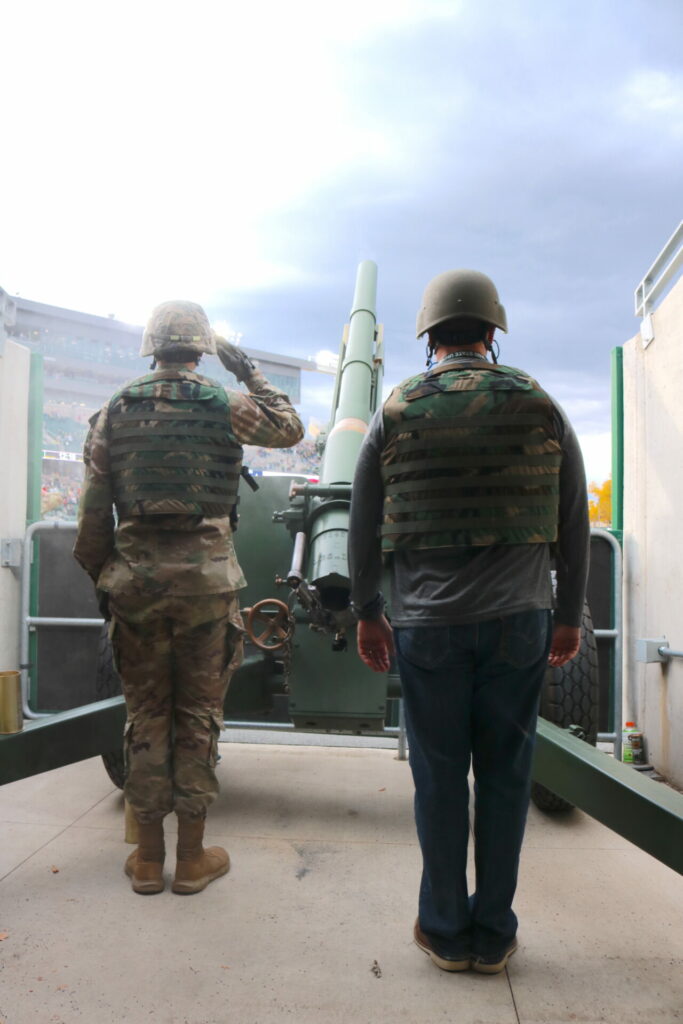
“Fire!”
There’s a lot that goes into keeping one of Colorado State University’s oldest, and certainly loudest, traditions alive. Consistency is one.
The firing of a cannon during home football games has been a University tradition since 1920, but military and artillery training has always been a part of CSU’s culture: Offering military education is a main component of being a land-grant university; military drills have been held on campus since Charles Ingersoll became president in 1882; and before the U.S. Congress created the Reserve Officers Training Corp program and back when Fort Collins was still known as Camp Collins, the sounds of cannon and other artillery fire could be heard echoing through the hills.
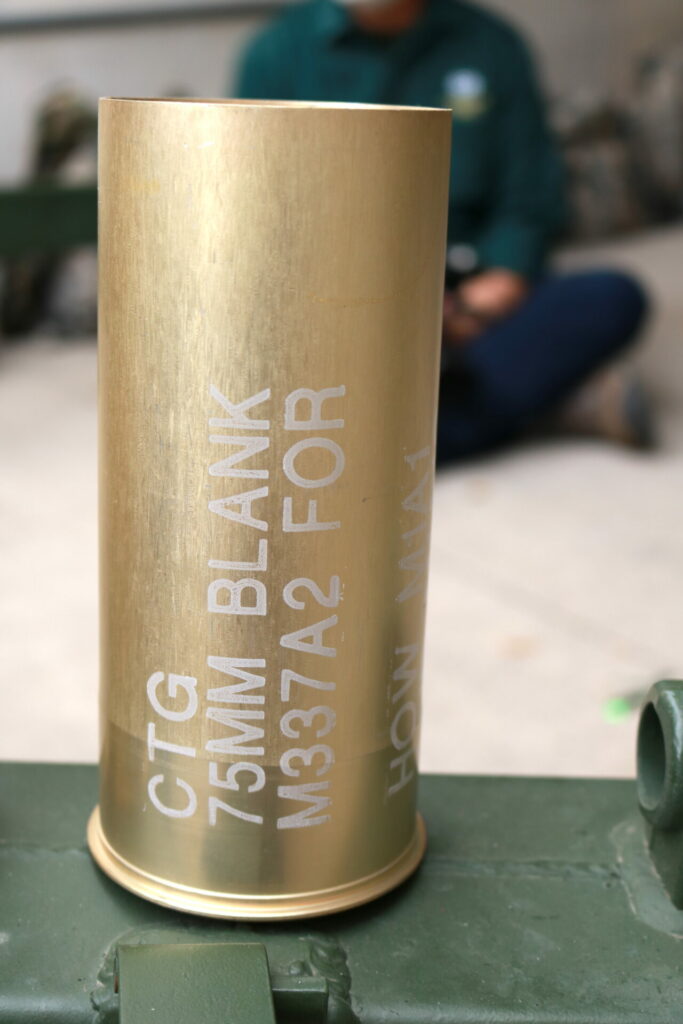
Since at least 1928, the loudest booms from campus came from the 1918-era French 75 millimeter Howitzer cannon we affectionately call Comatose. When the name arose and who named it is lost to history, but it’s always been a military tradition for units to give their equipment tough, uncompromising, and intimidating names. Comatose certainly fits that bill, and it’s an appropriate name for a cannon that weights more than 3,400 pounds, fires shells loaded with a pound of black power, and, when it was used during World War I, had an effective range of up to 14 miles.
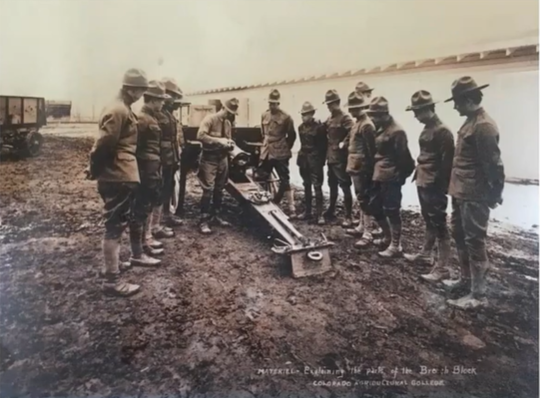
The shells don’t fire quite as far these days since they’re blanks and made up mostly of cardboard that burn up upon firing, but the boom reverberates as far as it ever did. It’s a source of pride for the entire CSU community to hear Comatose go off, and that pride is the second way this tradition is kept alive.
CSU has always been proud of Comatose. It’s gone on the road with the Rams and, much to the chagrin of mayors throughout Larimer, Boulder, and Jefferson counties, used to be fired to announce the arrival of the Aggies at rival schools. Comatose’s booms have been heard in all three CSU stadiums – Colorado, Hughes, and Canvas – and throughout its history, the cannon has donned the University colors of orange, green, and gold. Today, being an honorary cannoneer is one of the highest honors an alumni or donors can receive from the University.
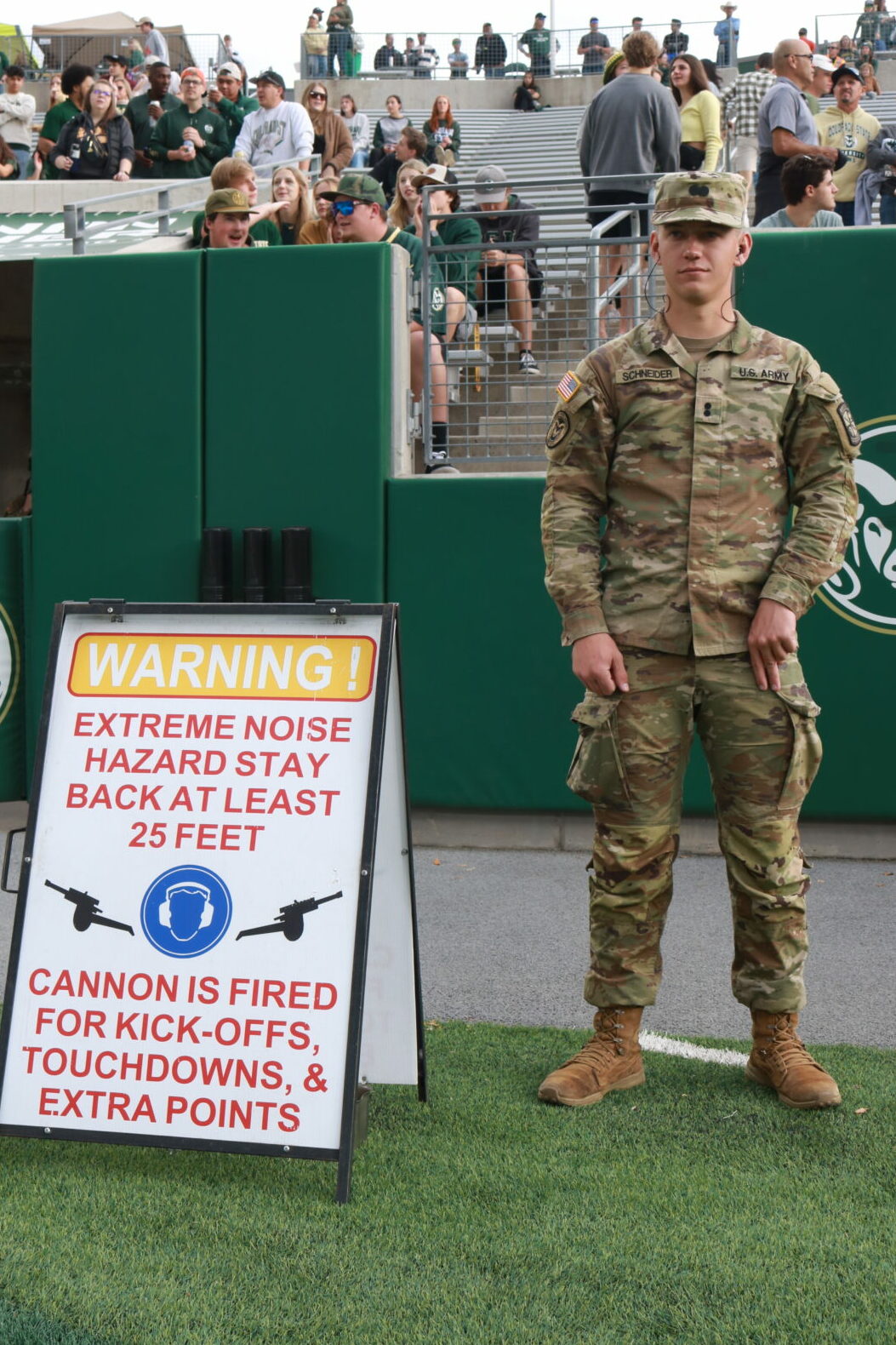
The pride for Comatose runs so deep that in 2018 it was sent to Mile High Powder Coating in Englewood for a complete rehabilitation that took four months to complete. The restoration involved polishing the brass parts and adding a clearcoat to retain the shine. The barrel and other painted parts were sandblasted and placed in a paint booth, where the powder coat – essentially a dry paint – was applied. Then the painted parts were baked in an oversized oven at 400 degrees for 30 minutes, until the surfaces turned as smooth as glass.
Off the field, the Alumni Association and the ROTC work together to secure funding for the custom-made shells (about $50 a piece), cleaning equipment, and any repairs that need to be made. The cannon is cleaned before, during, and at the end of each game and undergoes a deep clean at the end and start of every season.
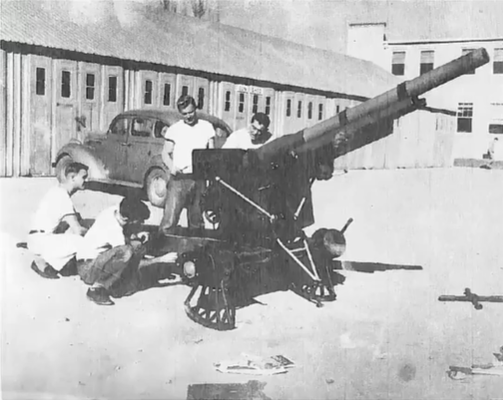
Upon its completion, the ROTC and the Alumni Association came together and decided to house Comatose inside the Iris and Michael Smith Alumni Center during the offseason to protect it from the elements and give visitors the opportunity to see the cannon up close.
That coordination is the third way this tradition stays alive.
On the field, it takes five ROTC cadets, called the “Cannon Crew,” who are fully trained and certified to operate, fire, and keep Comatose in good working order. Two cadets are in charge of patrolling “Danger Area Echo,” (the area directly in front of the cannon) and making sure the area is clear before the cannon is fired. Two active-duty cadre members watch the game closely and, the second the Rams cross the goal line, give the signal to the three cadets assigned to the cannon that it’s time to fire.

Once that signal is received, the Cannon Crew follows their standard operating procedure to the letter to ensure everyone is kept safe and this beloved tradition remains alive and well.
The honorary cannoneer lets go of the cord and the roar of Comatose thunders across the stadium. The crowd cheers in response, but even the sound of 41,000 Rams fans shouting their approval seems like a whisper compared to the mighty rumbling of the cannon. The gunner opens the breech and removes the shell. The entire pit is enveloped in smoke and the distinctive smell of gunpowder wafts over Canvas. The cadets shake hands with the honorary cannoneer and tell him he did a bang-up job before asking him to partake in the final piece of the tradition. Since we’re Rams, they say, we have to butt helmets. Their heads come together, and everyone is all smiles as the football game gets underway. As the honorary cannoneer leaves to go find their seat, the cadets wait in anticipation for the next opportunity to be a part of CSU’s oldest tradition.
You can help keep Comatose and other beloved CSU traditions alive by visiting https://advancing.colostate.edu/ALUMNITRADITIONS.
Learn more about other CSU traditions at https://alumni.colostate.edu/traditions/.




